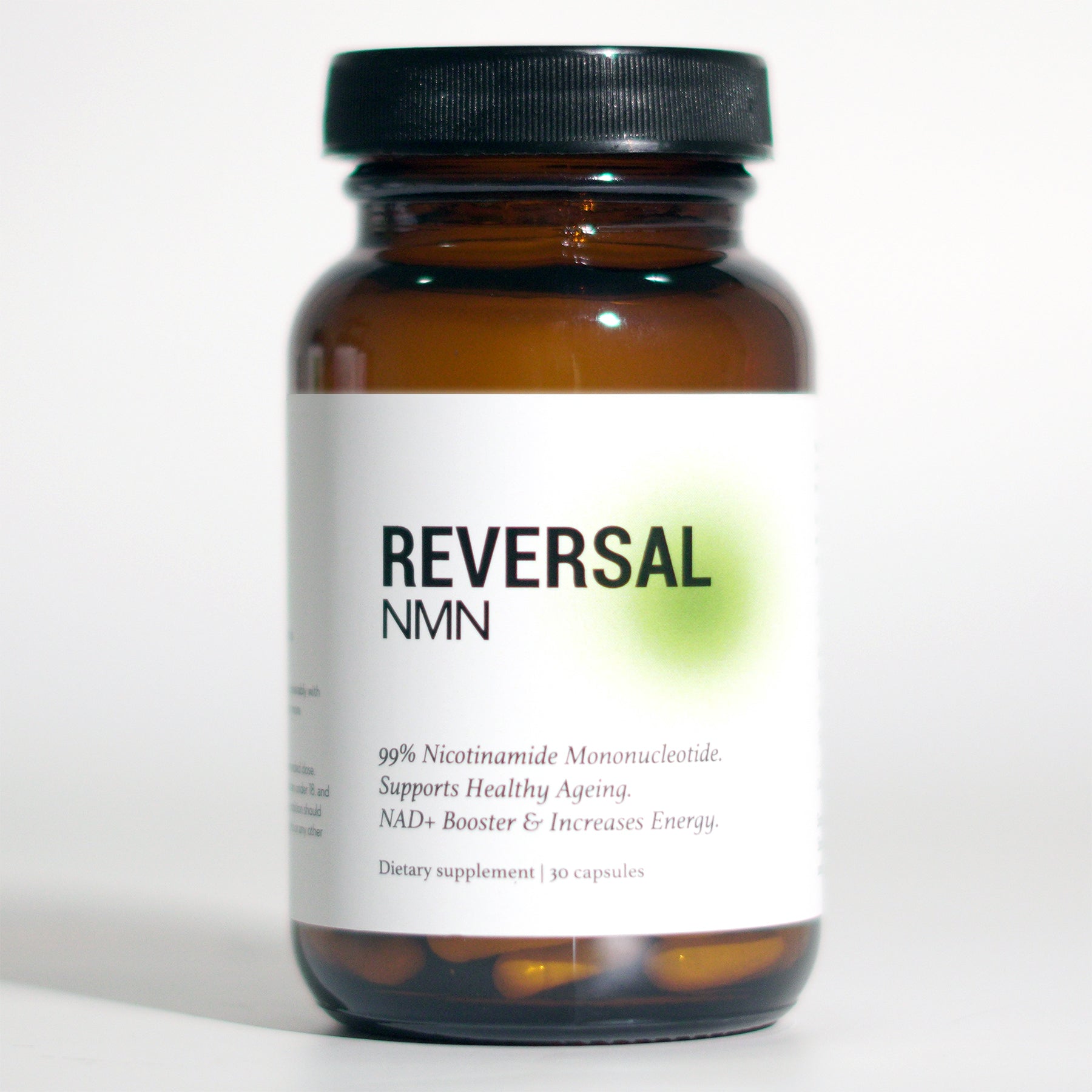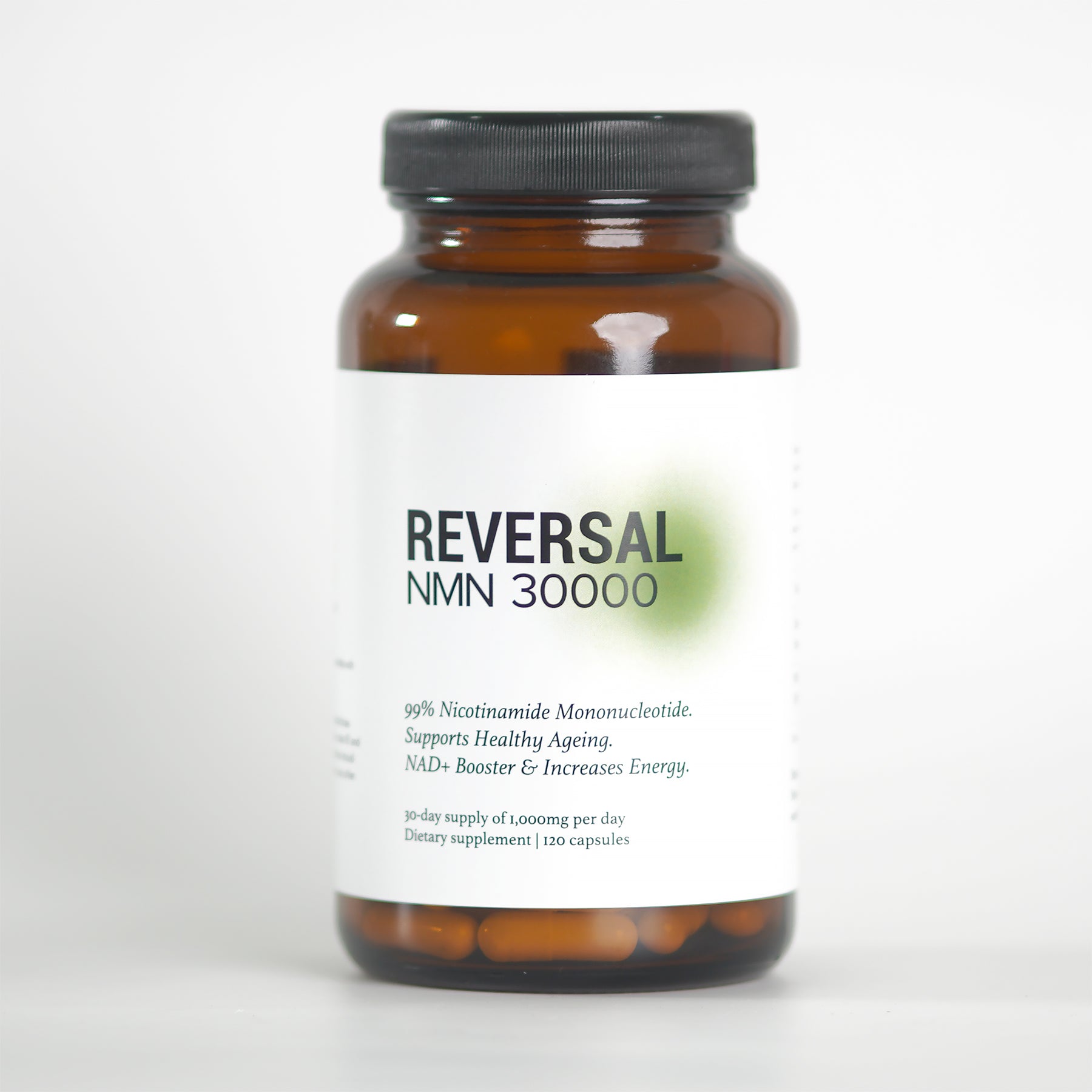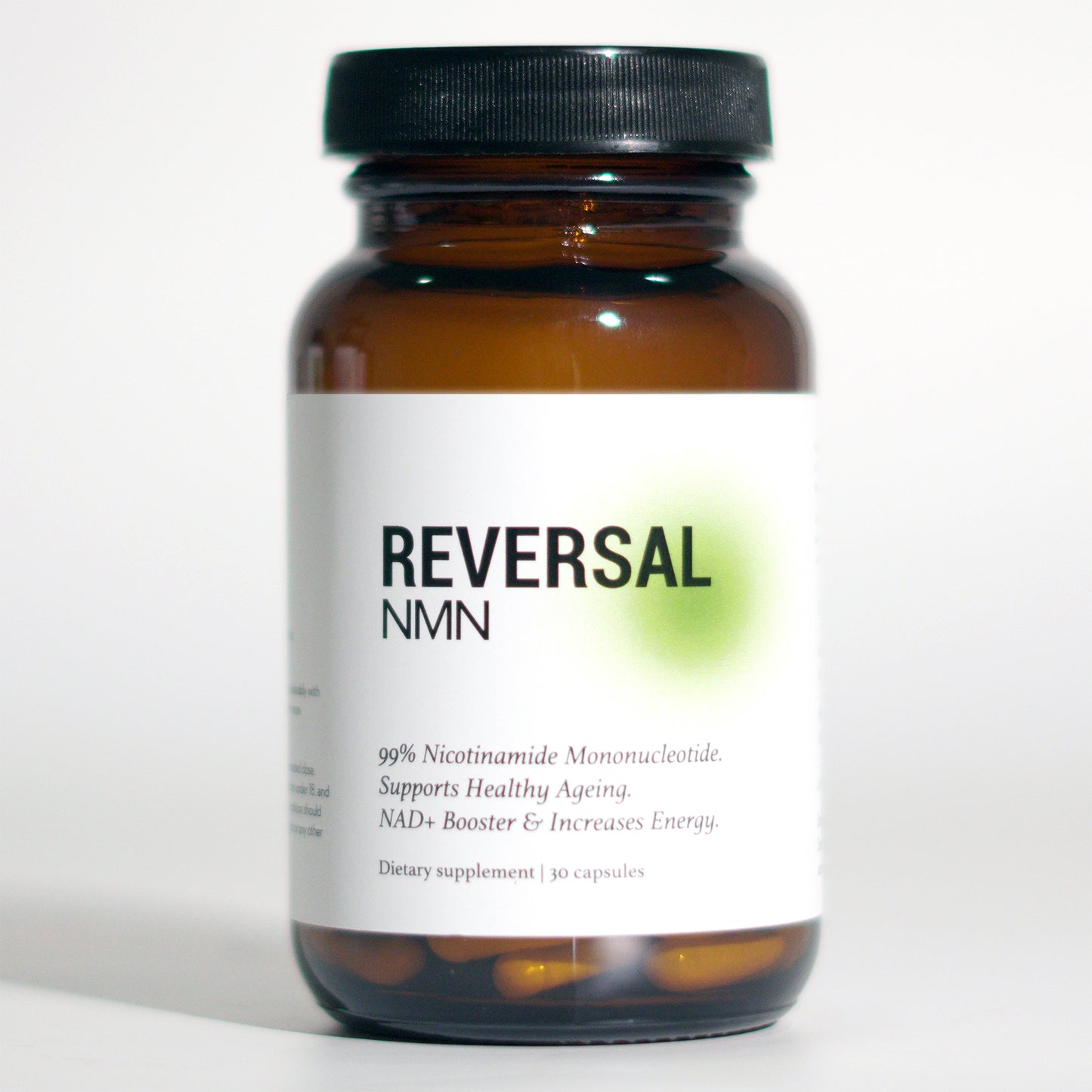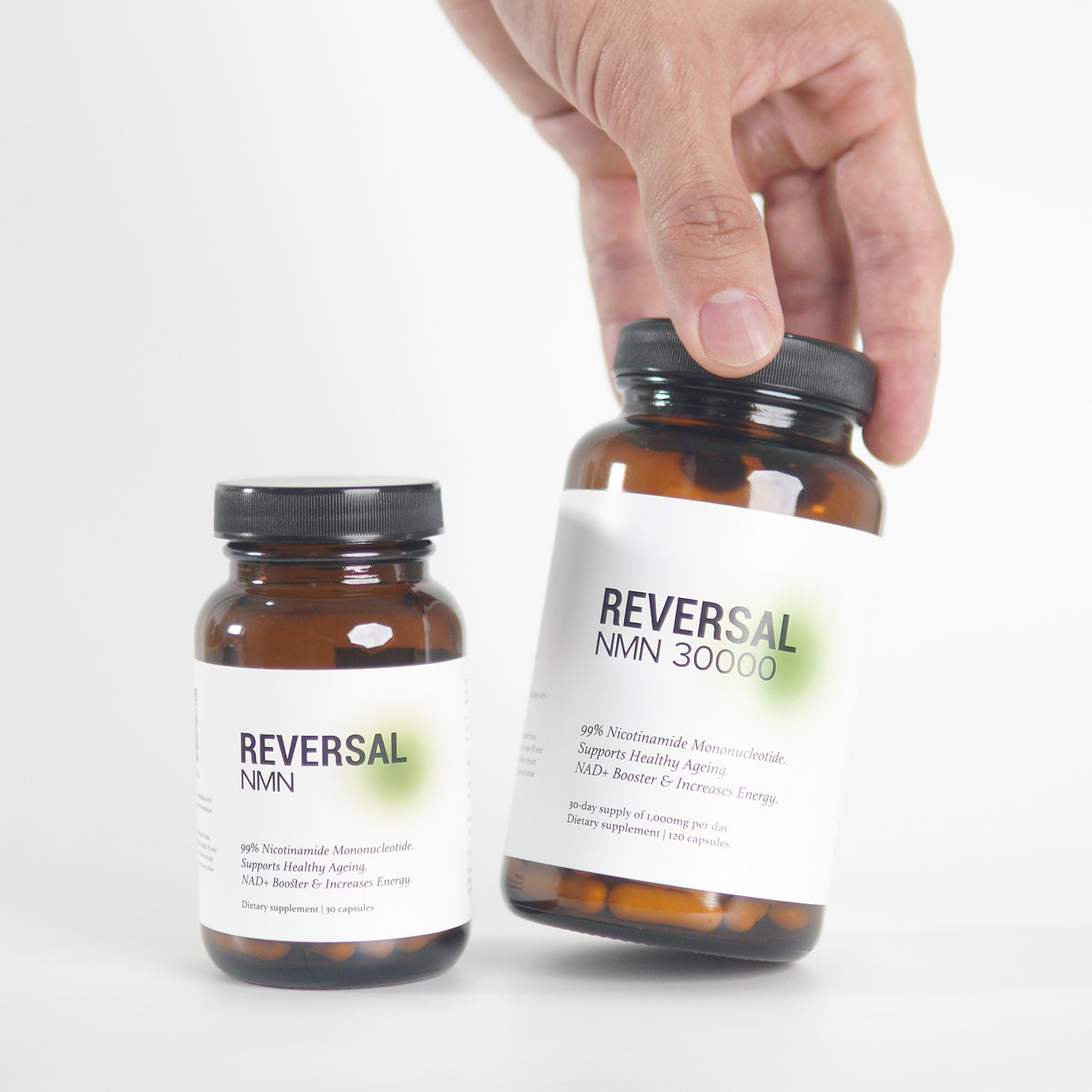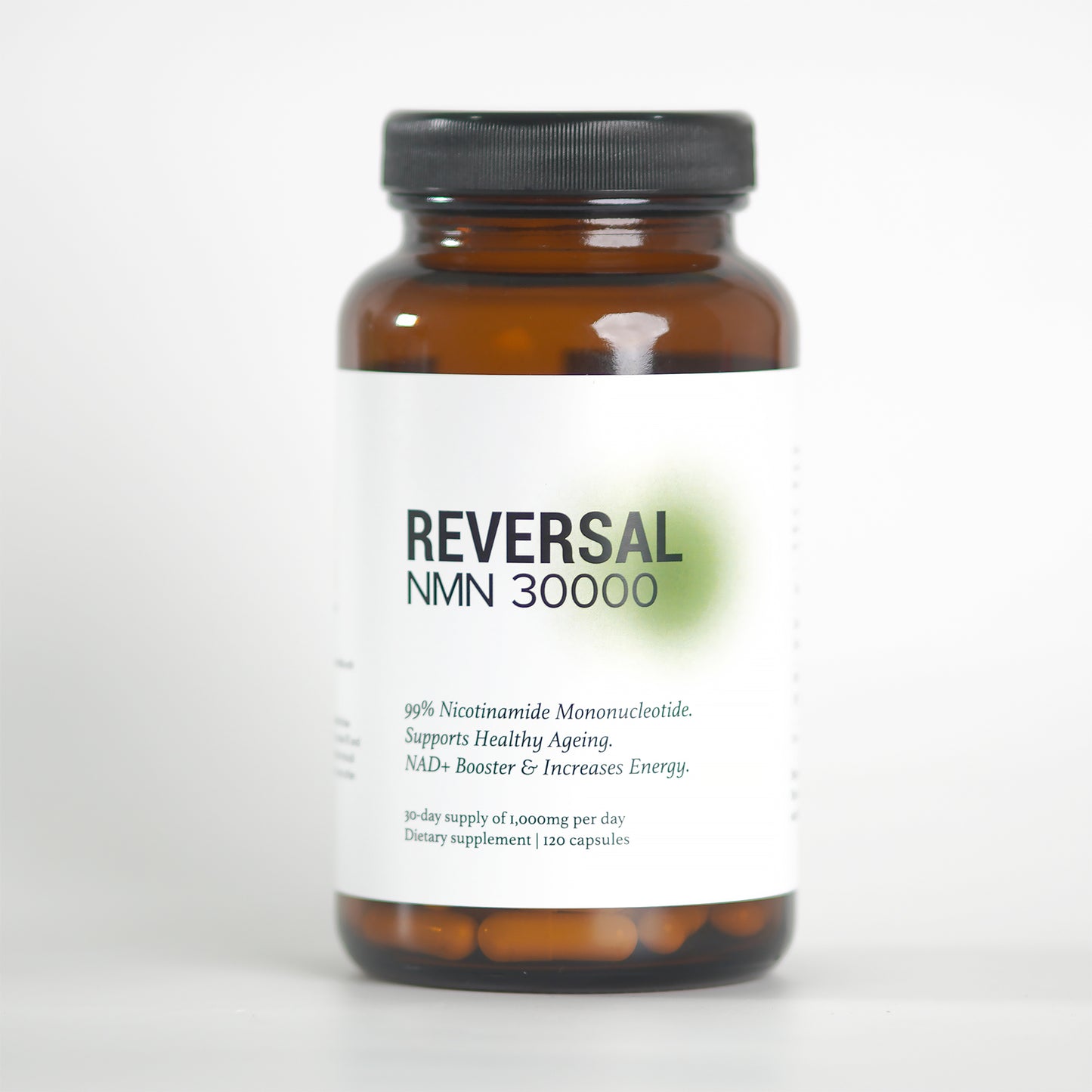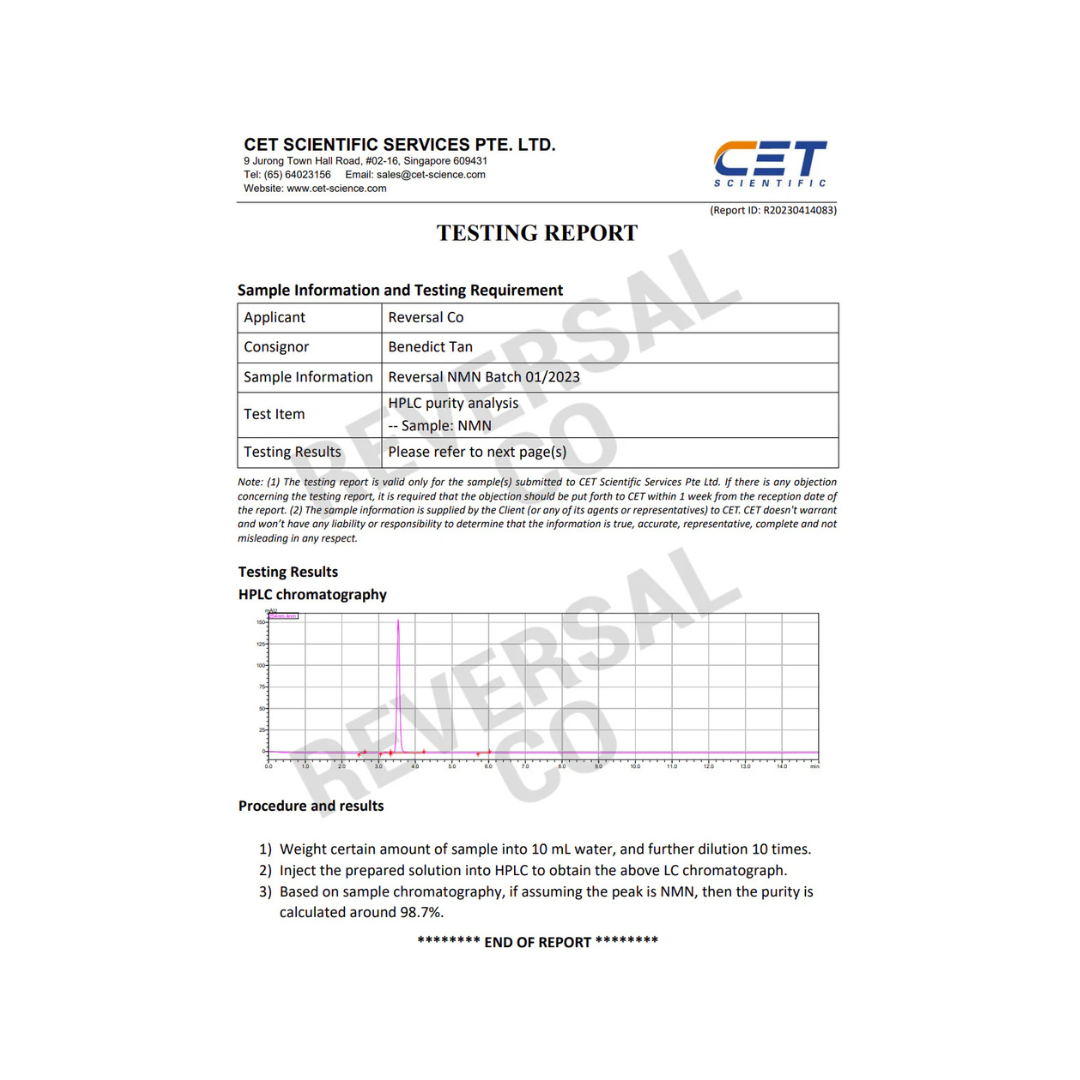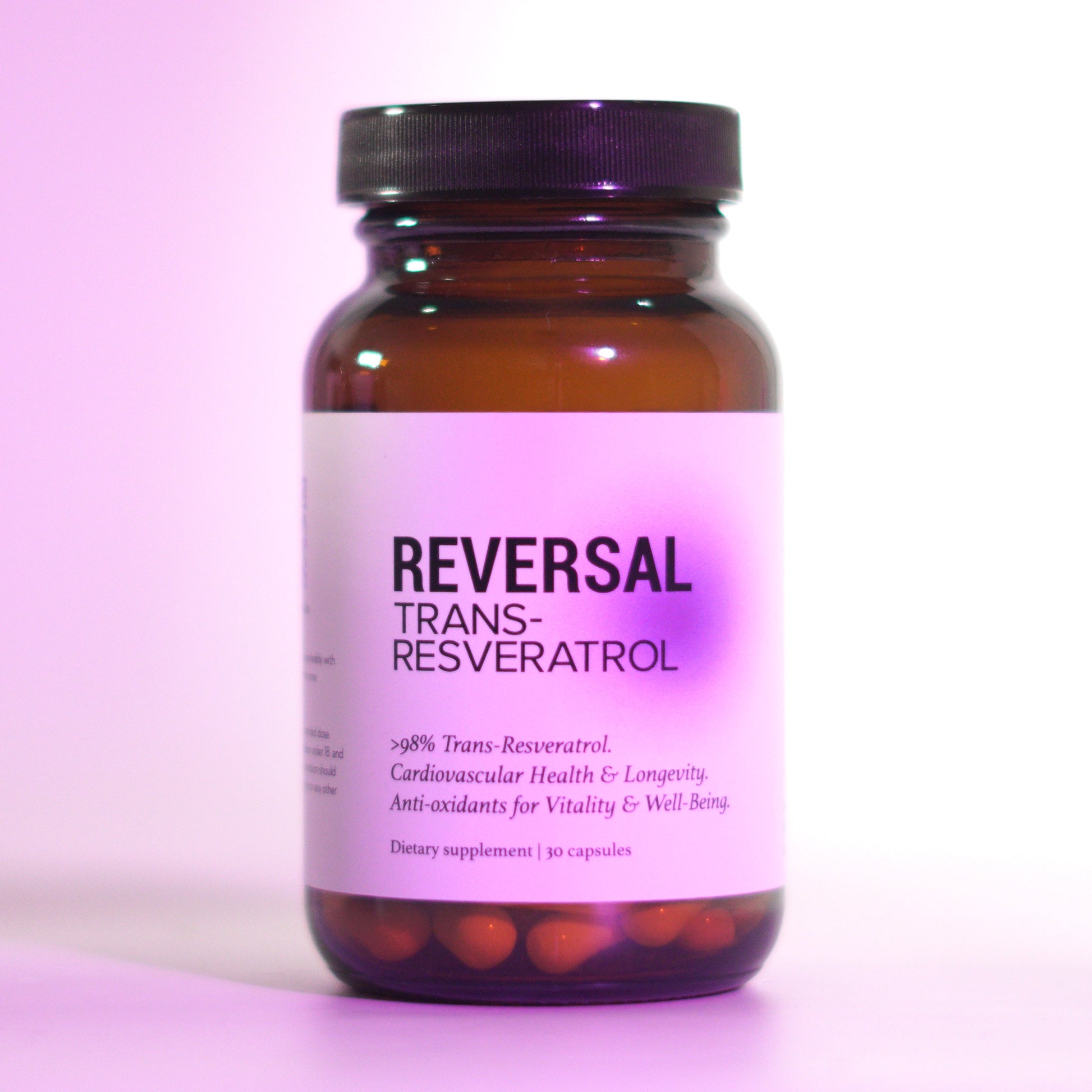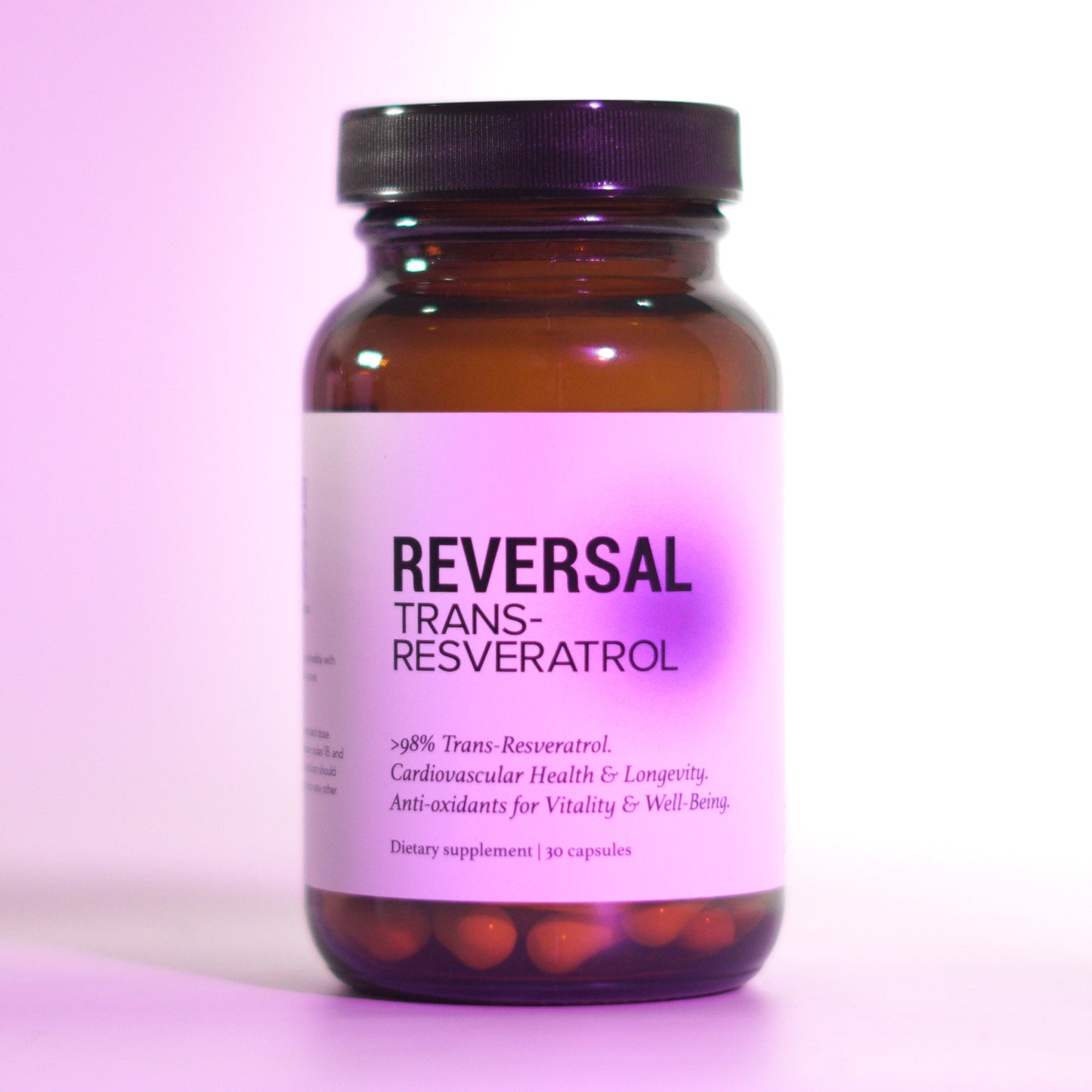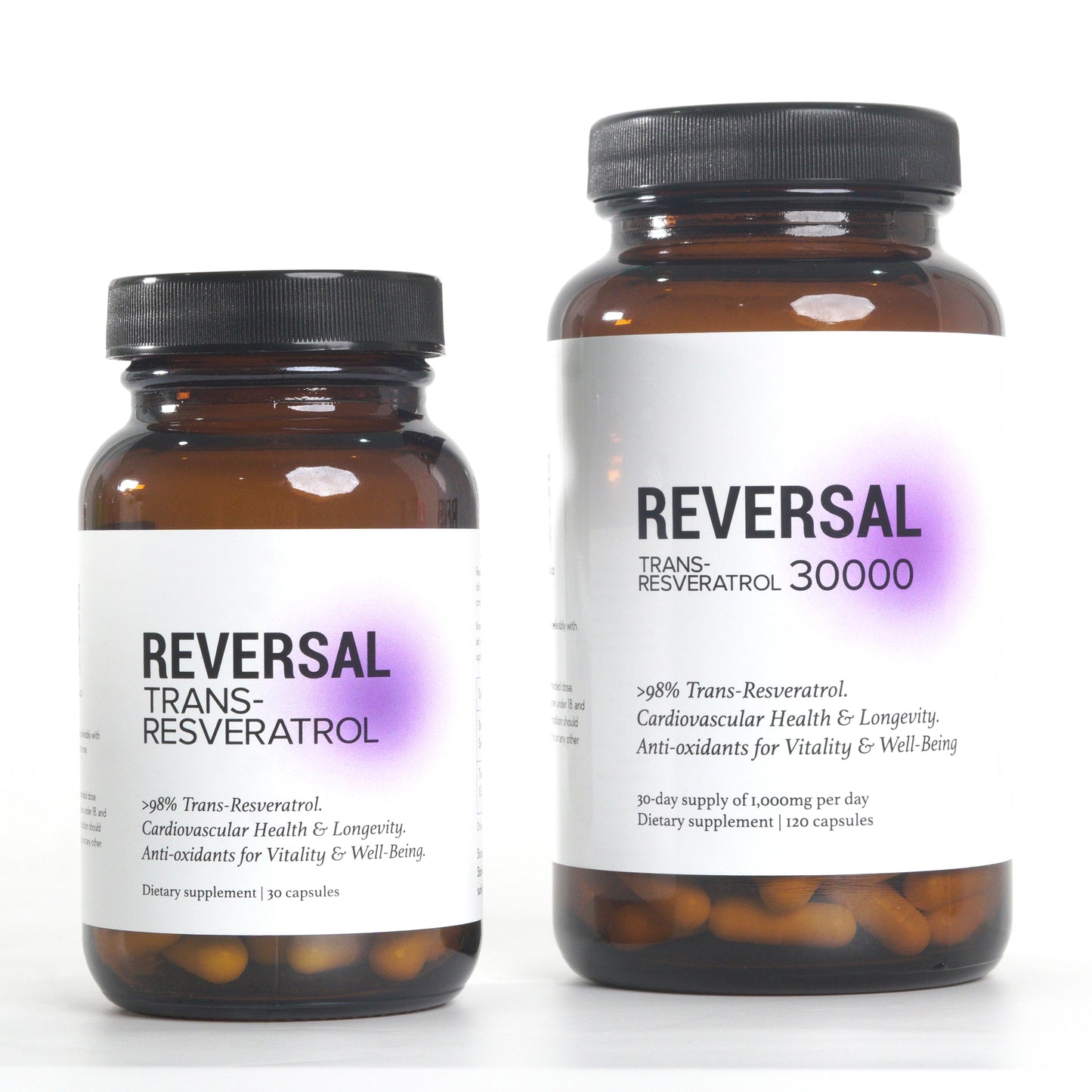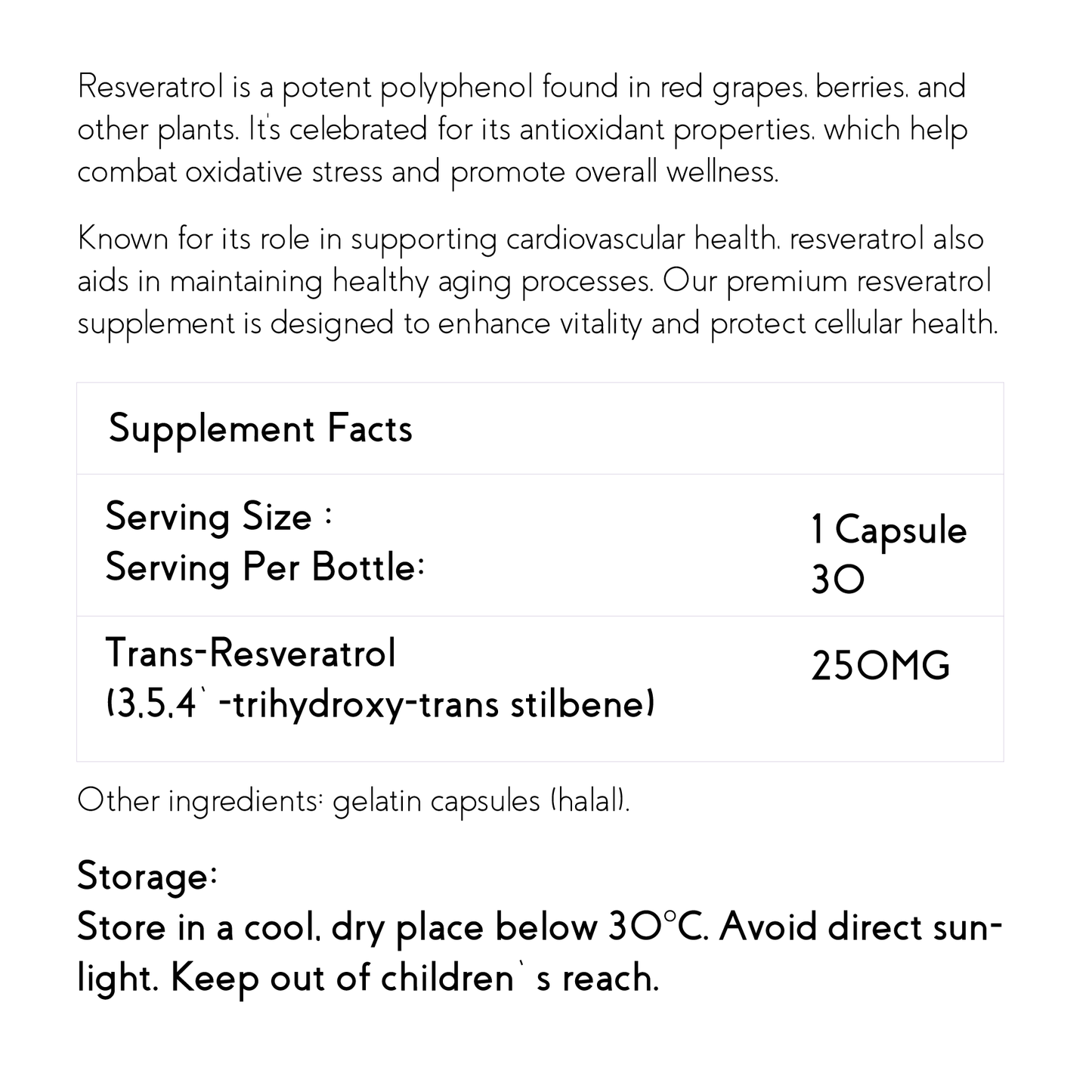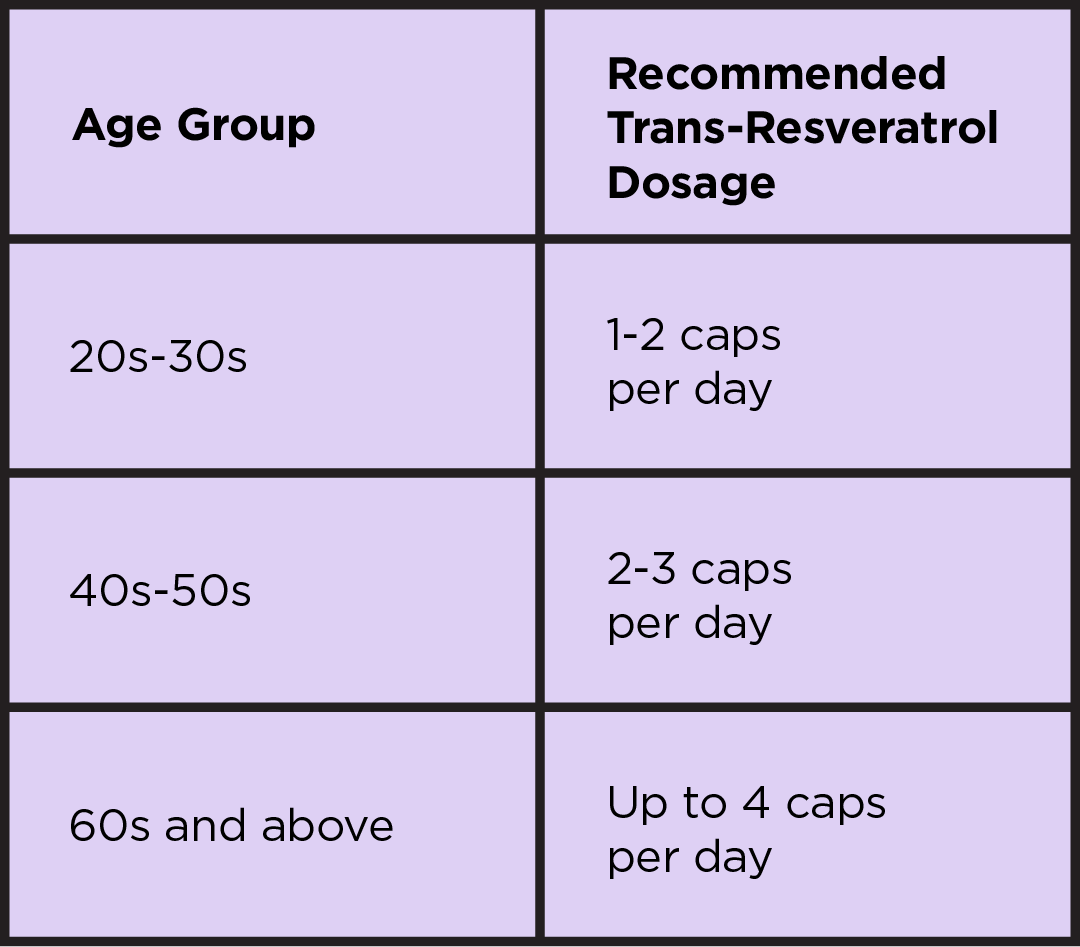Nicotinamide Mononucleotide (NMN) and Its Role
Nicotinamide Mononucleotide, commonly known as NMN, is a molecule naturally occurring in all life forms. At its core, NMN is a precursor to Nicotinamide Adenine Dinucleotide (NAD+), meaning it is one of the critical building blocks for NAD+. NAD+ is an essential coenzyme that plays a crucial role in various cellular functions, including energy production, DNA repair, and gene expression.
Importance of NAD+ in Cellular Processes and Aging
NAD+ is fundamental for mitochondrial health and energy metabolism. It's also a key player in the activation of proteins that regulate cellular aging. As we age, NAD+ levels naturally decline, leading to a decrease in mitochondrial function, which is a contributing factor to aging and various age-related diseases.
Introduction to MIB-626
What is MIB-626?
MIB-626 is a novel formulation of NMN developed by Metro International Biotech. It represents a microcrystalline form of NMN, which is a structurally unique variant compared to standard NMN. This microcrystalline structure is thought to enhance the stability and potentially the efficacy of NMN in the body.
Development by Metro International Biotech and Dr. David Sinclair's Involvement
Metro International Biotech, co-founded by Dr. David Sinclair, a renowned researcher in the field of genetics and aging from Harvard Medical School, has been at the forefront of developing MIB-626. Dr. Sinclair's extensive research in aging and longevity has significantly contributed to the development and understanding of this novel NMN variant.
Clinical Trials and Research on MIB-626
Overview of Clinical Trials
Clinical trials of MIB-626 have primarily focused on its safety and effectiveness in elevating NAD+ levels within the human body. These trials are pivotal in understanding the potential of MIB-626 as a more effective NAD+ booster compared to conventional NMN formulations.
Key Findings from the Trials
The research conducted so far indicates that MIB-626 is well-tolerated and effective in increasing NAD+ levels. In one particular study, two doses of 500 mg of MIB-626 taken daily were found to substantially increase blood NAD+ levels in middle-aged and older adults. These findings suggest that MIB-626 could be a promising agent in the field of anti-aging and longevity research, potentially offering a more potent alternative to standard NMN supplements.
Comparative Analysis: MIB-626 vs. Regular NMN
Structural Differences:
- MIB-626 is a microcrystalline form of NMN, which means its molecules are more tightly and orderly stacked compared to the standard form of NMN. This structural arrangement is expected to make MIB-626 more stable.
- Regular NMN lacks this crystalline structure, which might affect its stability and efficiency in the body.
Potential Advantages of MIB-626:
- The enhanced stability of MIB-626 may lead to improved absorption and bioavailability in the body. This could make MIB-626 a more effective NAD+ booster.
- Its unique structure might also mean that MIB-626 can deliver NAD+ more efficiently to cells where it is needed.
Potential Benefits and Applications
Health Benefits:
- Increased NAD+ levels through MIB-626 could potentially slow down several aging processes, improve mitochondrial function, and enhance cellular energy production.
- It might also support DNA repair mechanisms and overall cellular health, which are crucial in aging and age-related diseases.
Applications in Treating Age-Related Diseases:
- MIB-626 could be beneficial in managing or preventing conditions like Alzheimer's, cardiovascular diseases, and metabolic disorders, all of which are linked to aging and NAD+ depletion.
- It could also play a role in enhancing general health and longevity, potentially improving quality of life in older adults.
Current Status and Future Research
Current Research Stage:
- MIB-626 is currently undergoing clinical trials to assess its safety, efficacy, and optimal dosing. These studies are critical to determining its potential as a therapeutic agent.
Future Prospects and Ongoing Trials:
- Future research will likely focus on long-term effects, different dosage impacts, and its efficacy in various age-related conditions.
- Ongoing trials will provide more comprehensive data to evaluate its effectiveness and safety profile.
Conclusion
Potential of MIB-626:
- MIB-626 shows significant promise as an NAD+ booster, potentially surpassing regular NMN in terms of stability and efficacy. Its development marks an exciting advance in anti-aging research.
Importance of Continued Research:
- The field of anti-aging is rapidly evolving, and continued research into compounds like MIB-626 is vital. Such studies will not only enhance our understanding of aging but also open new avenues for treating age-related diseases.
- The journey of MIB-626 from clinical trials to potential therapeutic use will be pivotal in shaping future strategies in longevity science.
Sources:


